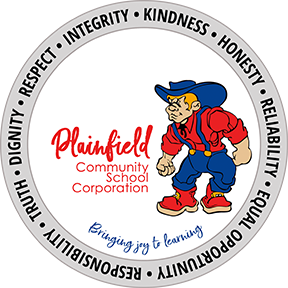There are a few words in the English language that instill strong emotional responses when we hear them, and bully/bullying/bullied are some of them. Whether it happens to children or adults, being bullied can have lasting effects. And while educators everywhere have a responsibility for protecting students, it’s actually the law for anyone who works in public schools.
Under Indiana law, bullying is defined as
“overt, unwanted, repeated acts or gestures, including verbal or written communications or images transmitted in any manner (including digitally or electronically), physical acts, aggression, or any other behaviors, that are committed by a student or group of students against another student, with the intent to harass, ridicule, humiliate, intimidate, or harm the targeted student, and create for the targeted student an objectively hostile school environment.”
Did you know? According to the National Association of School Psychologists, 160,000 students per day stay home from school due to bullying. That number is horrifying, and we know we can do better.
Understanding what is, and what isn’t, bullying, is a good place to begin. At its most basic, bullying is defined as unwanted, aggressive, repeated actions, usually reflecting an imbalance of power.
There are four types of bullying:
- Physical
- Verbal
- Social/relational
- Electronic or written communication, or cyber-bullying
And while these are examples of inappropriate behaviors, they are not examples of bullying:
- Peer conflict
- Teen dating violence
- Hazing
- Gang violence
- Harassment
- Stalking
As adults, there are signs of bullying that might help begin a conversation with a child. For example, unexplained injuries, frequent aches or illnesses, changes in eating or sleeping habits, declining grades or interest in school activities, decreased self-esteem, self-destructive behaviors, an unexplained loss of friends, or lost or destroyed possessions.
Any time a child is intentionally harmed is unacceptable. But it’s important that we know what bullying is, how to recognize the symptoms, and where to turn for help. Fortunately, our schools are well equipped be one of those resources. If you know or suspect a child is being bullied at school, please reach out to their teacher, counselor or principal. Help is available.

